In order to continue our journey from Ollantaytambo, we had no option but to return to Cusco (the other direction headed deeper into the Sacred Valley and away from civilisation), and it seemed a shame to overlook the charming village of Pisac, seeing as though we would bypass it on route back to the imperial city.
So, following a recommendation from the helpful Italian gentleman at our hostel, we booked ourselves a room at Hostal Varayoq for a couple of nights.
Pisac (or P’isaq, to use its Quechua spelling) is a small village with a population of under 1000 inhabitants. It’s located in the Sacred Valley just 33 kilometres from Cusco, and is most famous for its Inca ruins, which are perched on a mountain spur high above the village, and its Mercado de Artesania (handicraft market) that fills the Plaza de Armas, and spills out into the surrounding streets.
Like the ruins in Ollantaytambo, entry to Pisac’s Inca site is strictly by boleto turístico (which we didn’t have) and its market, whilst it made for an interesting distraction in the village, offered very little that couldn’t be found in and around the streets of Cusco.
So how did we spend our two days in Pisac?
We enjoyed some delicious food, we drank lots of coffee and we marvelled at possibly the greatest and most intriguing collection of cacti I’ve ever seen, at the Jardín Botanico.
Pisac’s Botanical Garden is a private enterprise that is home to a beautiful (and very friendly) fluffy white cat, as well as a huge courtyard packed with numerous varieties of plants and flowers, and over 100 different species of cactus. For someone who is more than a little obsessed with these prickly creations, I was in heaven. It’s possibly the best six soles I spent in the whole of Peru.
When we first arrived at the botanical gardens, the gates were locked and there were no signs of life within – apart from the furry white feline who sauntered nonchalantly through the grounds.
Believing perhaps that the owner had taken a break for lunch we did the same at the cute little cafe overlooking the gardens. Whilst the service was a little slow, the food was lovely and I can thoroughly recommend their Chirimoya smoothies.
Fortunately we spotted the elderly gentleman in the gardens next door just as we were finishing our lunch, so we paid up, hot-footed it around the corner, rang the bell and waited.
Just like his cat, there was no sense of urgency in his gait. He shuffled in the general direction of the entrance gate, tending to his plants and flowers along the way. It was almost as if he hadn’t heard the bell ring or seen our faces peering expectantly through the bars. We watched him as he fumbled in his pockets for the keys, and it was only after he’d unlocked and opened the gate that he looked up gently and inquisitively, and smiled.
It was very clear that these gardens were his pride and joy (and quite rightly so; they were beautiful), but his attitude towards us was relaxed and trusting, and we felt completely at ease as we wandered amidst his plants and flowers, snapping photograph after photograph after photograph.
As well as the cacti and succulents, the gardens are packed with colourful flowers and thoughtfully planted trees, some of which are fruit-bearing. We recognised one of the more unusual fruits (a small green spiky specimen) from La Casa de Seizo in Moyobamba.
Once we’d exhausted every corner of Pisac’s Jardín Botanico, and we’d managed to drag ourselves away from the affections of the resident feline, we decided to check out a few of the village’s traditional clay ovens and castillos de cuyes (miniature castles inhabited by guinea pigs), centred around Mariscál Castilla.
The most authentic of these huge clay ovens is the Horno Colonial San Francisco, a colonial oven dating back to 1830. You can stop by for a baked empanada and a glass of chicha morada, and have your photograph taken with a traditionally-dressed gentleman in front of the landmark – for a fee of course.
Many tourists come to Pisac simply as a day trip from Cusco in order to visit the Inca ruins and the handicraft market, so once the market vendors have packed away their goods and dismantled their stalls (only to do it all over again in reverse in the morning), the village goes to sleep.
This is no bad thing. In fact it’s potentially a great one when you have a ton of photographs to upload and blog posts to write, and excellent wifi connection in your hostel with which to do both of those things. However, having read that Pisac is a bit of a traveller’s mecca, with spiritual retreats and volunteering opportunities nearby, I was a little surprised to find a distinct lack of other traveller’s here once the last bus back to Cusco had left the village.
Where we ate
Don’t leave Pisac without having dinner at Mullu (on the edge of the Plaza de Armas). It’s got a distinctly Asian-inspired menu, rattan mats, low tables and floor cushions, and they serve one of the best Pad Thais I’ve tasted outside Thailand.
Like most places in Pisac, it shuts around 9pm.
Where we drank
Come to Blue Llama for good coffee, decent wifi and amusing artwork in the toilets.
Where we stayed
Hostal Varayoq was reasonably-priced (80 soles (£16.82) for a private double including breakfast), spacious and comfortable with hot showers and decent wifi. But make sure you go to bed early or ask for a room away from the church – the bells woke us up each morning at 5:30am. And 6:30. And 7:30….
Hostal Varayoq wasn’t in our guidebook and does not appear on any of the major hostel-booking websites, but it can be found on Mariscal Castilla 380.
What do you reckon, would the botanical gardens be reason enough for you to make the trip to Pisac? Which cactus is your favourite?
If you like this article, please follow along on Facebook, Twitter, or Google+ or you can look me up on Instagram or Pinterest too!
This is part of the #SundayTraveler link-up, hosted by Chasing The Donkey, Pack Me To, A Southern Gypsy, The Fairytale Traveler, and Ice Cream and Permafrost.



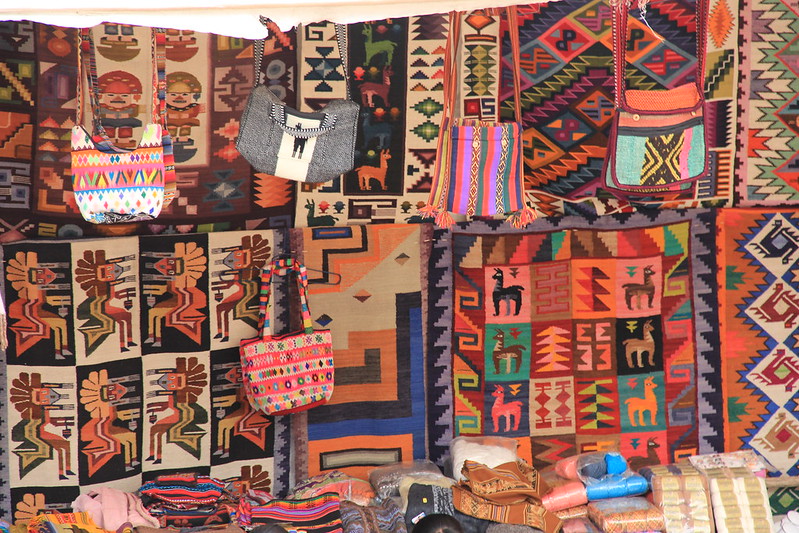

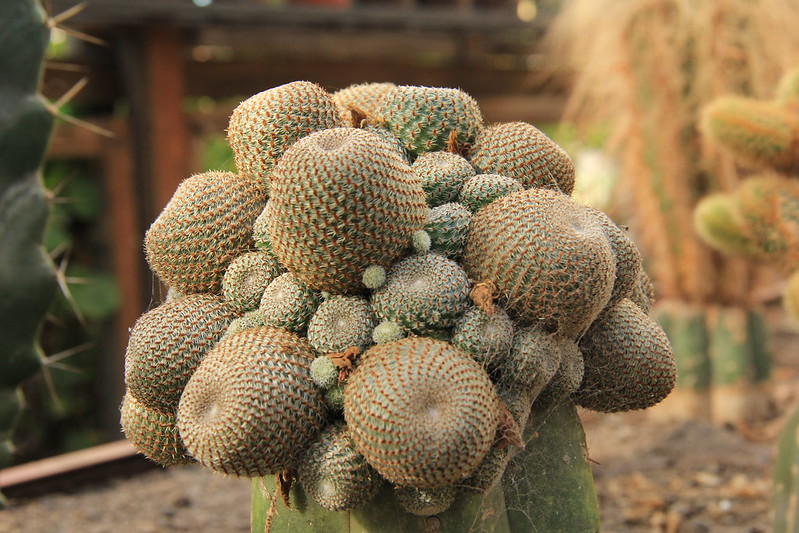

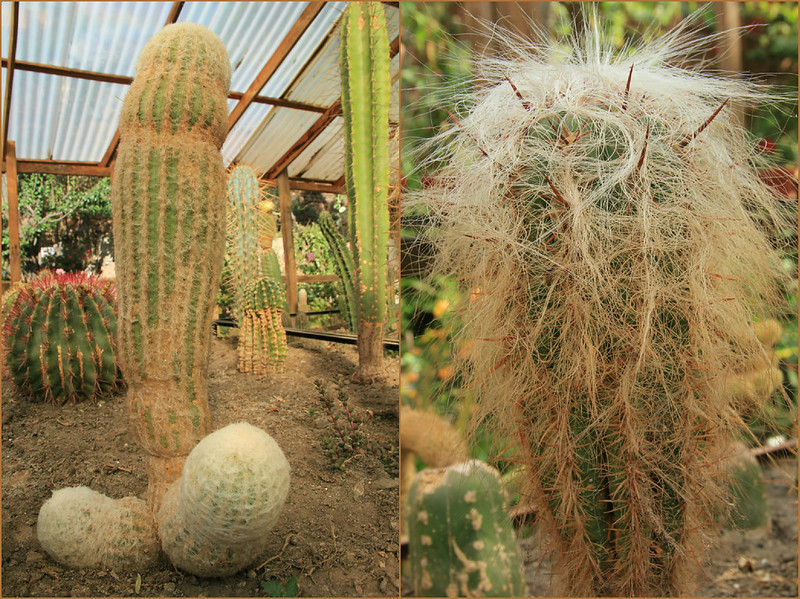


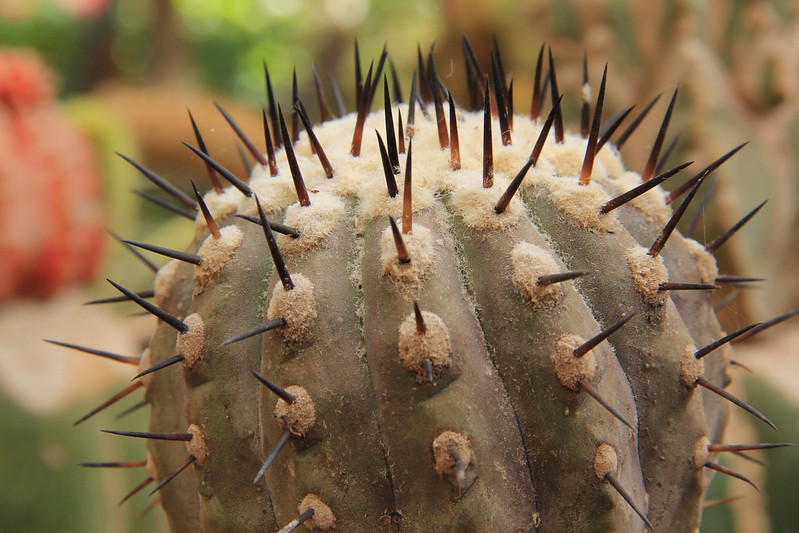



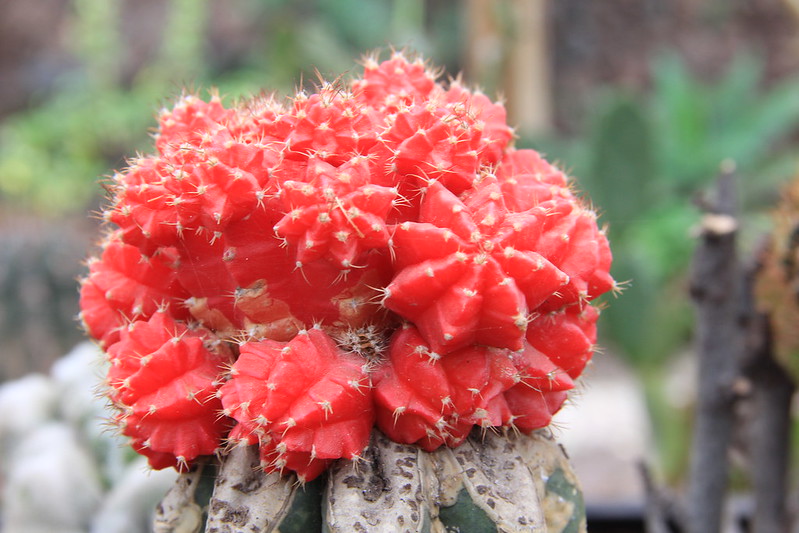
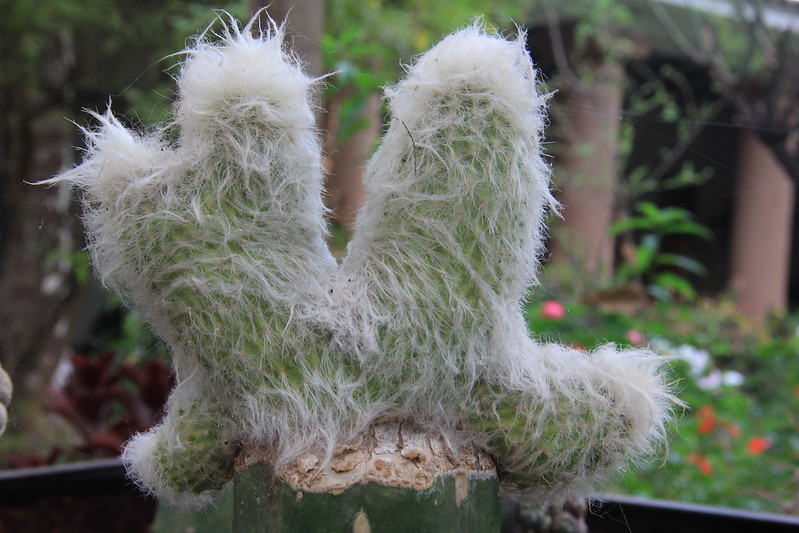

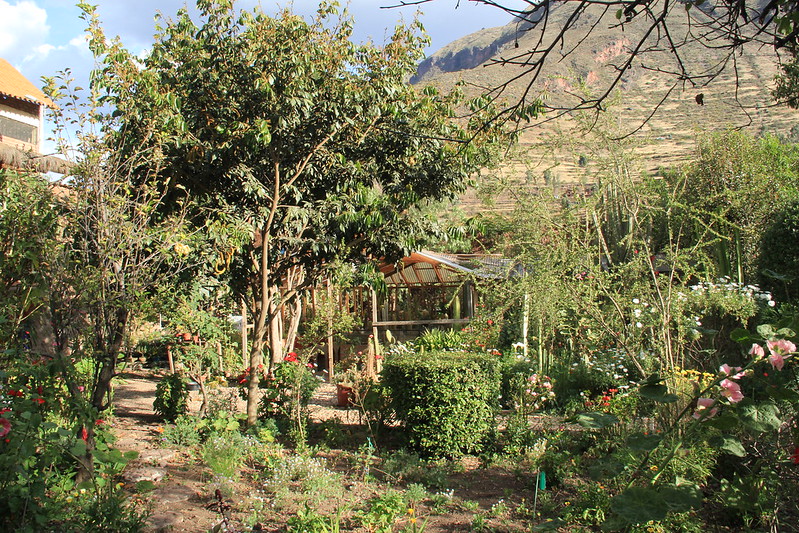
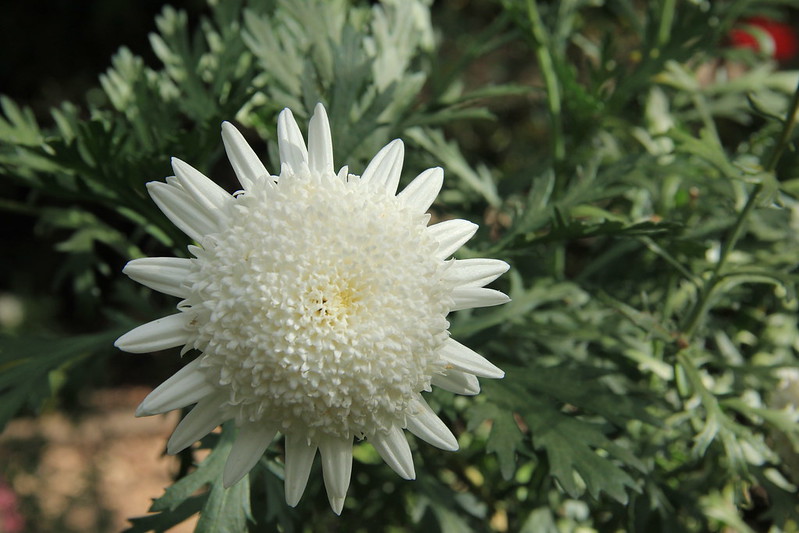

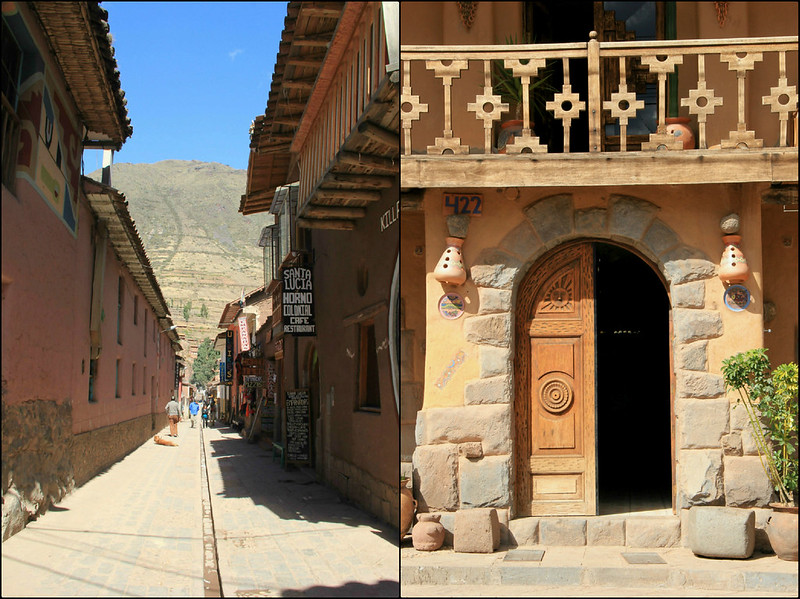
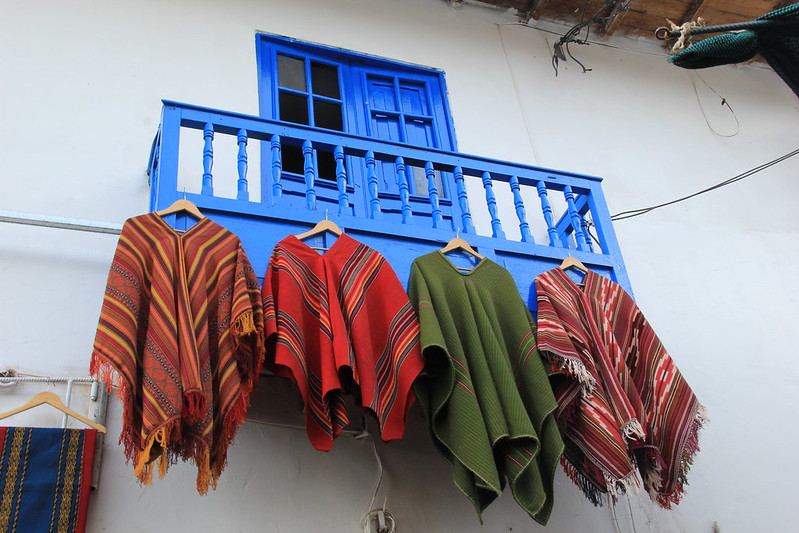
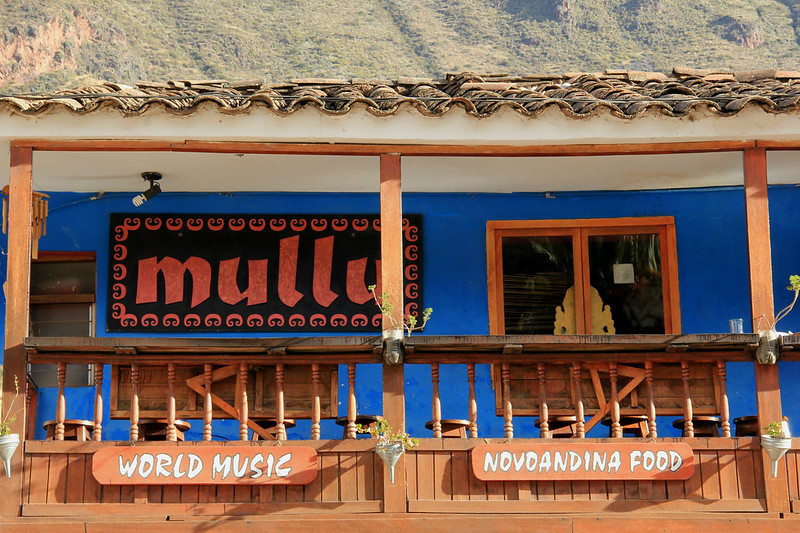
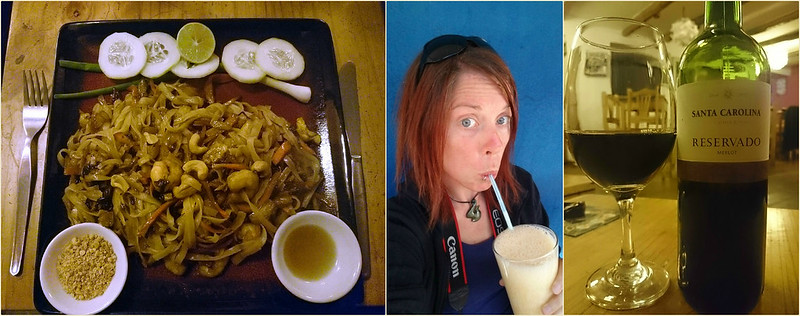





2 Comments
What a beautiful place !! the rusticity in the architecture is quite evident, I had not yet seen cacti so huge I was amazed at all this.
The cacti were definitely amazing! So many different varieties 🙂